How to Use the EPM Connector to Visualize BPC Data via Dashboard Design (aka Xcelsius)
This article explains the steps to visualize BPC data in a dashboard build using SAP Dashboard Design (formerly Xcelsius). It shows how to use the SAP BPC EPM-Add-In for Excel to build a report, and the SAP BPC EPM Connector to enhance the functionality of the dashboard.
The SAP BPC product version referred in this post is SAP BusinessObjects Planning and Consolidation 10.0, version for SAP NetWeaver.
1 Business Scenario
In this scenario, the business wants to view real-time data from their SAP Business Planning and Consolidation, version for SAP NetWeaver (BPC for NW) system via a dashboard created with the SAP Dashboard Design tool (formerly called Xcelsius). Using a flash-based dashboard provides a zero footprint solution for viewing critical data in real-time. The dashboard user would not need anything more than flash player to view the data. This type of data visualization is very attractive to high level decision makers in the enterprise.
2 Software Versions
The following software are required (only to build the dashboard. The versions mentioned here are the one I used for this tutorial.):
- SAP Dashboard Design SP06 Patch 01
- SAP BPC 10 EPM Add-In SP14 Patch 02
- EPM Connector of EPM Add-In, (add-On for Dashboard Design, located in the EPM Add-In installation folder)
- SAP BPC 10 ODBO Client
- Microsoft Visual C++ 2005 SP1 Redistributable Package(x86)
For simply running and viewing the dashboard, only Flash Player is required.
All software (except for the Microsoft Visual C++ component) can be downloaded from the SAP Service Marketplace. It is suggested to always apply the latest support package for each software component.
3 Steps to build you dashboard to visualize the BPC data
1- In SAP Dashboard Design, create a new dashboard and click on the EPM tab in the Excel-Workspace
2- Create a local connection to the BPC-server
Use the SAP BW OLE DB Provider as OLAP provider
Enter the BPC-BW server name. Also, enter the BPC user and password. This is the same user and password that you would used to connect to BPC via the BPC Excel Client. Click “Next”.
Select the Environment/Infoprovider and click “Finish”.
3- Log on to the BPC-server using the local connection you created
Select the newly created connection, and click “Ok”.
Enter your credential for the connection to the server and click Log On
4- Create a new BPC-Report in the Excel-sheet
Click on “New Report” in the EPM tab of the excel workspace.
The “Report Editor” dialog will then be launched. Here you can configure the report output.
Drag and drop the ENTITY.PARENTH1 node from the cube dimensions box into the “Row” box.
Drag and drop the CATEGORY.PARENTH1 and the ACCOUNT.PARENTH1 nodes from the cube dimensions box into the “Column” box.
Drag and drop all remaining dimensions except TIME and PRODUCT from the cube dimensions into the Page Header box.
Note: The dimensions TIME AND PRODUCT will be configured in the dashboard as dynamic filters.
For each dimension in the row and column box, select the members by clicking the checkboxes, then clicking the “Right-Arrow” key to move the selections into the “Selected Members” box. Then click “Ok”.
For each dimension in the “Page Header” box, select one or many members to define the context of your report
5- The report is then generated in the excel spreadsheet. The values are retrieved from the BPC system and statically stored in the excel sheet.
6- Before starting to build the layout of your dashboard, I recommend to prepare your excel sheet in order to facilitate your subsequent actions.
I’ll first recommend to copy a subset of the data returned by you report (actually those data you want to show on your dashboard – for example the Top 10 entities) in a specific area on your sheet.
In the sheet, mark your different data area with different colors
The Excel EPM-functions (for example: EPMOlapMemberO()) are not supported in Dashboard.
So, also copy the columns and rows where those functions are used to your dashboard data area (actually, you don’t copy the formula but the content).
Note: Further on, you can set a data connection to the BPC server to update the value for these fields (see that in a later section: extra notes)
7- Next, you will begin to build the layout of the dashboard.
Drag and drop the components for your dashboard from the components section on the left into the layout editor.
Map the components on the layout with the data on your sheet
8- When you are satisfied with the layout of your dashboard, in a next step, you will add a new connection using the EPM Connector.
This connection will allow you to retrieve data from BPC at runtime, instead of getting the values statically from the excel sheet.
9- In the appropriate cell, enter the command =GetReportDefinition() and hit enter.
This command retrieves the XML based definition of the BPC report and puts it in this cell. Later you will bind a property of the EPM connector to this cell.
10- Add a new connection to your dashboard
Call the data manager by clicking on “Data > Connections” in the main menu on by clicking on the manage connection button in the toolbar
Then Add a new connection based using the EPM Connector
11- Define and configure the connection
Give a meaningful name for this connection.
Next choose the EPM Application which you want to connect to. In this case, select “Planning and Consolidation, version for SAP NetWeaver platform”.
For the “Operation” field, select “EPM Report”.
In the “Input Details” section:
Next, enter the host name of the BPC web server. Enter both the host name and port.
Click the button next to “Report Definition” and bind it to the cell where the BPC Report definition resides then click “OK”. The other information like Report Name, Environment, Models and also the “Result” field in the “Output Details” section should be filled automatically from the report definition.
The finished connection configuration should now look like this. Notice that the cell range for the output has automatically been configured based on the EPM report definition. Click “Close”.
12- The model is now complete. You can test it out by clicking the “Preview” button.
4 Extra Notes
1-
You can configure your connection to refresh on load. This could be necessary if you do not like to have the dashboard loaded initially with the static data used for the dashboard creation (which data could have been updated and would then not reflect the real data in BPC).
For that, just check the “Refresh on Load” checkbox in the “Output Details” section of the EPM Connection configuration
2-
By copying the Label data in the report data area to avoid the unsupported EPM-Excel functions in Dashboard Design, you make this area of data static for the dashboard, i.e.: if these data change (member name modified or deleted) in the BPC-System, these changes will not be reflected on the dashboard, which could conduct to inconsistency.
To avoid that, you can create a new EPM Connection to retrieve the dimension member and replace the default one. This connection should then be refreshed the same time as the previous “dataRead” connection.
To define the connection:
First set the connection name and choose the EPM Application which you want to connect to. In this case, select “Planning and Consolidation, version for SAP NetWeaver platform”.
For the “Operation” field, select “Retrieve Dimension Members”.
In the “Input Details” section:
Next, enter the host name of the BPC web server. Enter both the host name and port.
Click the dropdown box next to “Data Source” and select “Retrieve”, the data source will then be retrieved according to the hostname and port you entered previously.
Repeat this action for the other fields (Environment, Models, and Member) and choose when necessary the right value between the one shown by the retrieve operation.
You end up with a configuration similar to the one shown below.
In the “Output Details” section
Click on the button next to “Result” and bind this to the cells where you want dimension members to be loaded on your sheet.
You can also select a cell where to put an eventual error message for the connection by clicking on the button next to “Message” and binding this to a cell on the sheet.
You can choose the Connection to be refreshed on load (this is a good idea if you want to have the dashboard loaded with the real/right data, but this will make the dashboard to wait for the data load before showing, which could be annoying if you do not have a high-performance connection to the BPC Server).
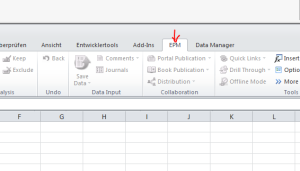
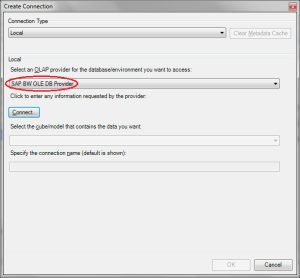
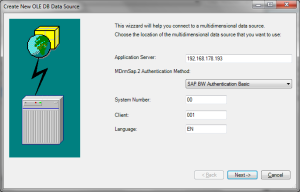
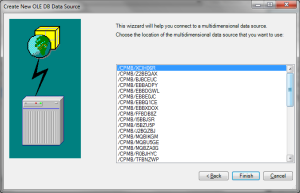
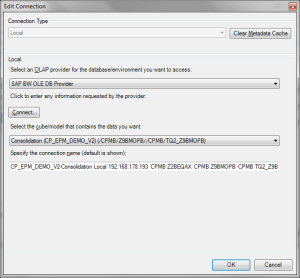
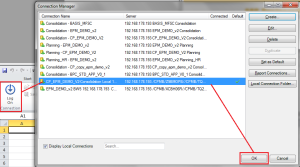
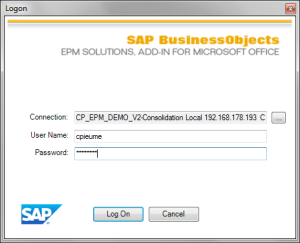
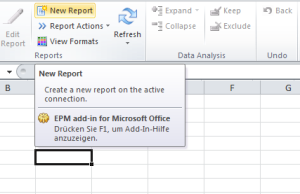
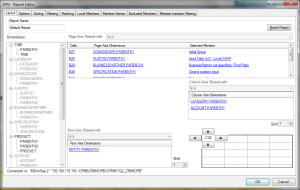
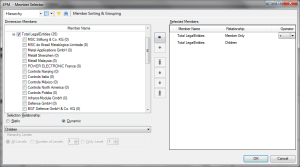
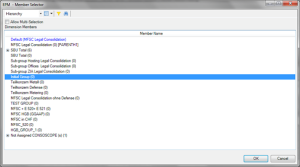
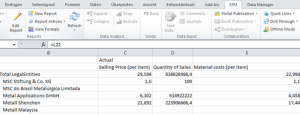
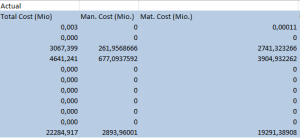
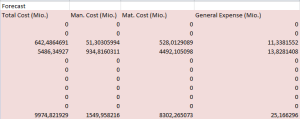

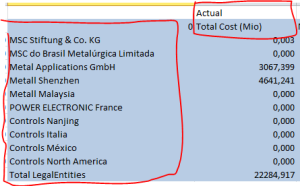
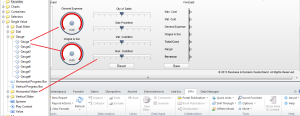
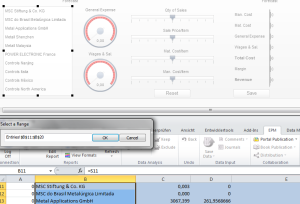


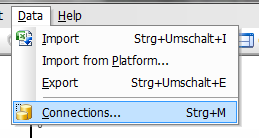
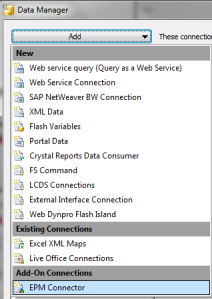
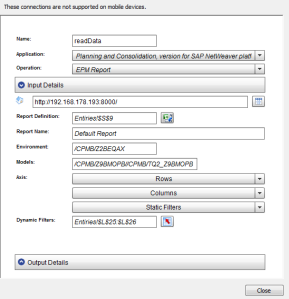
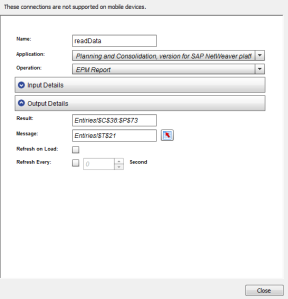

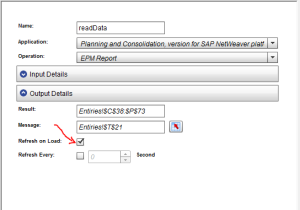
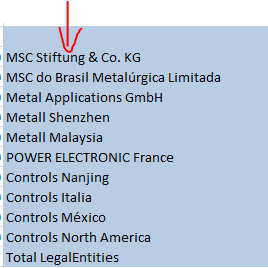
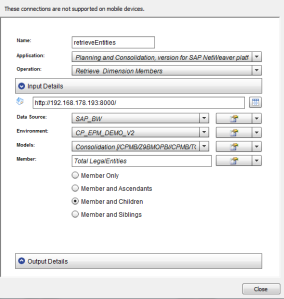
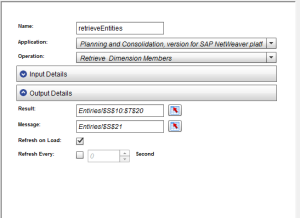
Hi Camille ..Thanks for sharing these valuable information, it was really helpful & I am surprise not to see any comment.. there is hardly any document out there for Dashboard on BPC..your post helped me lot..thanks once again..
Also I want to know if I keep EPM formula in the sheet & see preview it gives popup error but it works perfect so why we need to remove EPM formula & in my case it was not allowing to remove it..